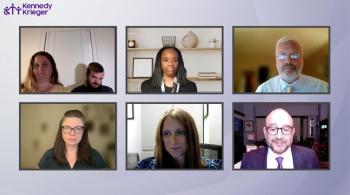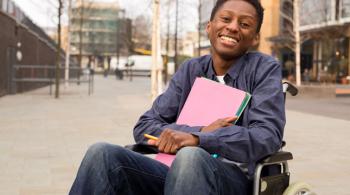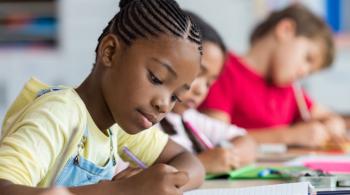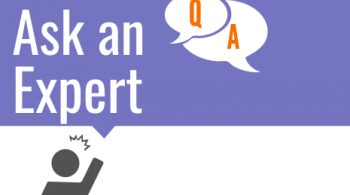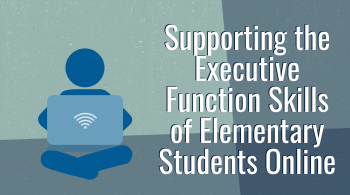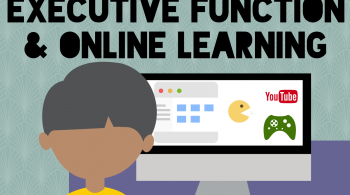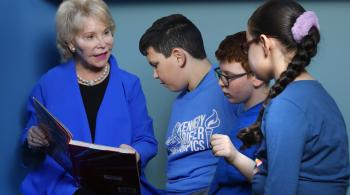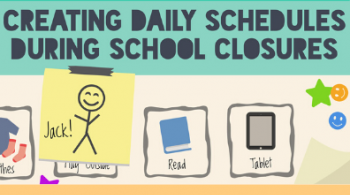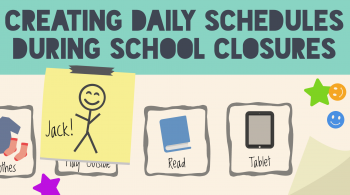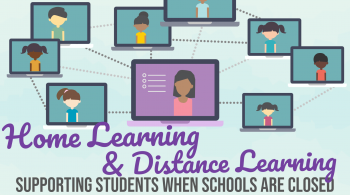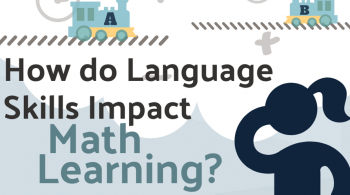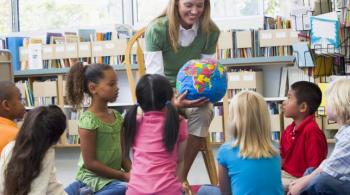By Dr. Lisa Jacobson and Lisa Carey
June 6, 2017
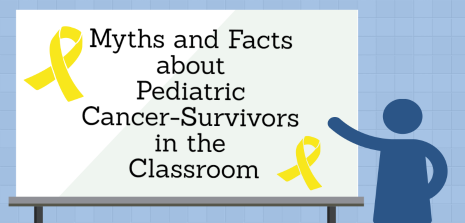
When we talk about special education and related services, pediatric cancer patients are not typically discussed. Although pediatric cancer is thankfully not as common as learning disabilities or ADHD, more and more children are surviving their cancer and returning to school! However, students who are cancer survivors may also be overlooked for receiving academic supports and accommodations in school because of some common myths surrounding pediatric cancer treatment and survivorship.
Below we’ve addressed some of the most common misconceptions that prevent students from accessing appropriate school supports as reported by patients and their families.
Myth: Chemo impacts cancer, not the brain
Fact: Chemotherapy intended to treat the two most common types of pediatric cancer, leukemia and brain tumors, negatively impacts the developing brain. These life-saving drugs are designed to target cancer cells, but are also toxic to other parts of the body at the same time. Chemotherapy for the most common childhood cancer, leukemia, specifically targets the central nervous system, which includes the brain. In fact, some of the chemo drugs are given to the child through a spinal tap, so the drugs go directly into the central nervous system. This method of treatment is responsible for the high survival rate of these children, but comes with a cognitive cost. However, it is important to remember that cancer treatments will impact pediatric patients differently depending on length of treatment, type of treatment and/or chemotherapy used, and the age of the patient at the time of treatment. The American Cancer Society offers more information on the late effects of cancer treatment on children.
Myth: “Your cancer is cured, so you’re fine now.”
Fact: No cancer leaves a survivor unchanged. Surgeries, radiation, chemotherapy, and all those hospital visits all take their toll on the mind and body. Just because a child’s cancer is gone, does not mean that he or she is not still in need of academic and social – emotional supports. Importantly, childhood cancer survivors’ skills may vary over time and specific weaknesses may emerge much later, after treatment is past. These later difficulties are most frequently seen in children who received central nervous system-directed therapies, especially brain radiation and certain kinds of chemotherapy. Clear and ongoing communication with a child’s family and when appropriate, medical team members, can help to develop much needed school-based supports. The Children’s Oncology Group offers more insight into the types of educational impact pediatric cancer survivors might face and how to offer appropriate supports.
Myth: Children who look physically weak must have cognitive difficulties as well.
Fact: Cancer and cancer treatment takes a toll on children’s bodies. Some children return to school looking very frail, and may continue to appear less physically strong compared to their classmates. Don’t be fooled into assuming that this frailty always extends to the child’s cognitive ability. Be sure to be as objective as possible when assessing a student’s strengths and needs. Likewise, pediatric cancer survivors who look healthy may have treatment-related impact on stamina or processing speed and have reported being frustrated by the lack of support they’ve received in school. Outward appearances do not always indicate the impact cancer has had on the student. Be sure to not make assumptions!
Myth: Children who are smart don’t need home and hospital support to keep up with school work.
Fact: If smart children didn’t need good instruction, then there would be no need to send many kids to school. Since that seems like a silly proposition, we can assume that not providing instructional services to cancer patients who have a history of being good students sounds equally as humorous. It’s common for children being treated for cancer to miss many, many school days. In fact, children treated for leukemia may not return to school for years. Children in treatment still need guidance in learning. They also need a link to their friends and classrooms at school. For some students, this experience helps them continue to feel as normal as possible. If your student receives a cancer diagnosis and leaves for treatment, be sure to advocate for home and hospital services and stay in touch with the child – it can make a world of difference.
Myth: We’ve never had a child with cancer in our school before.
Fact: Statistically speaking, it is unlikely that your school has never had a child with cancer. What is more likely is that you unknowingly have (or have had) students in your school who are cancer survivors. Some families choose to not disclose that their children are pediatric cancer survivors due to a fear of stigma, and returning to school may already feel scary to these children and their families. But, even though something may be unfamiliar, there are always resources available to help you learn more and feel better prepared to support these students. In fact, there is specific information about educational issues and school support options available online and in books. The American Brain Tumor Association and the American Cancer Society both offer information about returning to school after cancer treatment. Having open and compassionate conversations about potential needs and concerns, including asking questions about what the student may need, is the best way to support kids as they head back to school.

